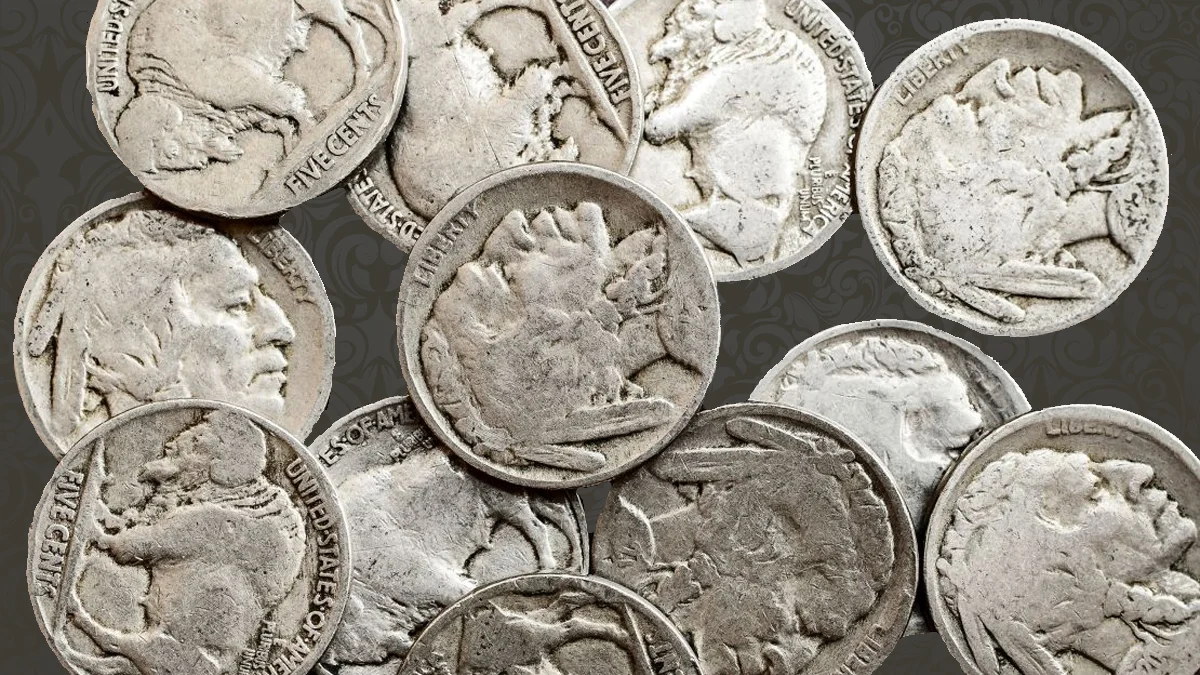
As numismatists know, an exact evaluation of a coin is needed for determining its real value. Age, condition, and many more factors must be evaluated when appropriately grading Buffalo nickels. High-value or rare coins with unique faults should always be professionally evaluated to maximize their value at auction, even if collectors can perform initial analyses on their own, especially with lower-quality more affordable examples.
Buffalo Nickel Grading Standards Overview

When finding a new coin, collectors first assess its quality to determine its grade and estimated value. However serious coin collectors know that reliable estimates leading to high auction prices can only be achieved through professional grading.
The most reliable grading guidelines for US coins have been established by the American Numismatic Association (ANA). This extensive connection provides standards for each grade and condition and explains how to grade all coins, such as proof and regular strikes.
Why Grading Buffalo Nickels Can Be Tricky
Buffalo nickels were first minted in 1913 and remained in production until 1938 when Jefferson nickels replaced them. Unlike many other American coins, Buffalo nickels are more complex to grade because of certain challenges.
One of the main issues lies with coins minted between 1917 and 1927 in Denver and San Francisco. These coins often had poorly struck high points, which makes accurate grading more difficult, even for professionals.
Characteristics of the Buffalo Nickel
| Features | Specification |
| Face Value | Five cents($0.05) |
| Composition | Cupronickel alloy |
| Weight | 0.176 ounces (5 g) |
| Diameter | 0.825 inches (21.2 mm) |
| Thickness | 0.077 inches (1.95 mm) |
The Native Americans braid and the buffalo’s head, horn, shoulder, and tail are examples of common weak spots and dates with irregular hits which are provided for in the ANA’s guidance. In the past, these problems have led to grade uncertainty, mostly related to the buffalo’s horn visibility, which can occasionally be absent even on uncirculated coins.
How to Grade Buffalo Nickels: Step-by-Step Analysis
Buffalo nickels, especially with mint state coins, show regular errors and uneven wear. Evaluating the buffalo’s horn quality is the most important grading challenge. To correctly evaluate their coins, collectors need to adhere to certain rules.
Inscriptions and other essential details of design can often become hardly visible because of wear and tear. To help you in evaluating your Buffalo nickel, the following provides a thorough explanation of each grade:
1. About Good (AG) Grade
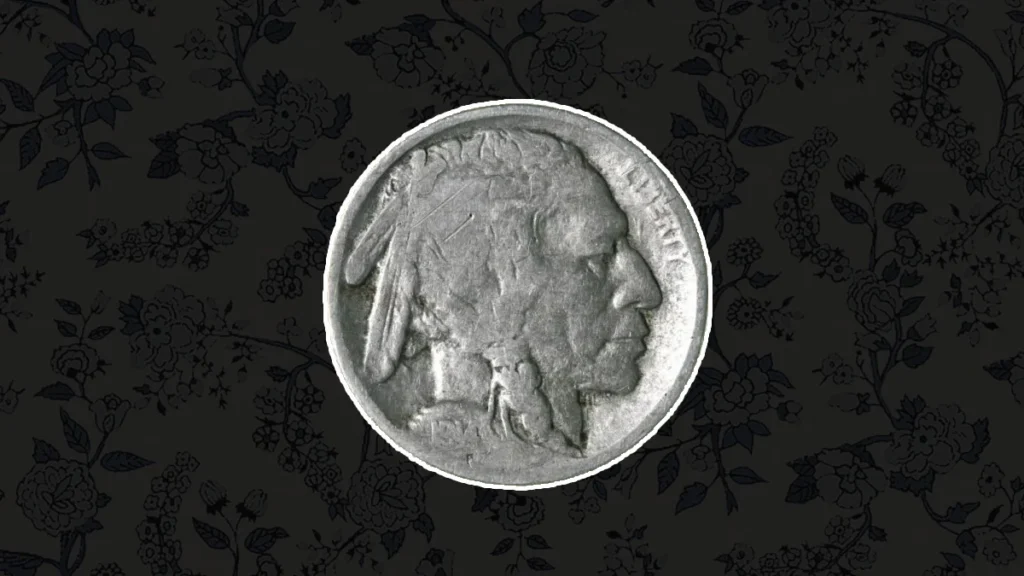
Buffalo nickels with an About Good (AG) grade show a lot of wear and often are not demanded by collectors because of their poor condition.
- Obverse: The Native American’s establish is visible, but there are no facial features or hair details. Both the date and the phrase “LIBERTY” are visible although they are very worn and sometimes blur into the edge.
- Reverse: There is little complexity and the buffalo’s pattern is deeply worn. Only the animal’s basic shape is visible, and its head and body look like a flat. Even though they are smooth, the inscriptions are still visible.
2. Good (G) Grade
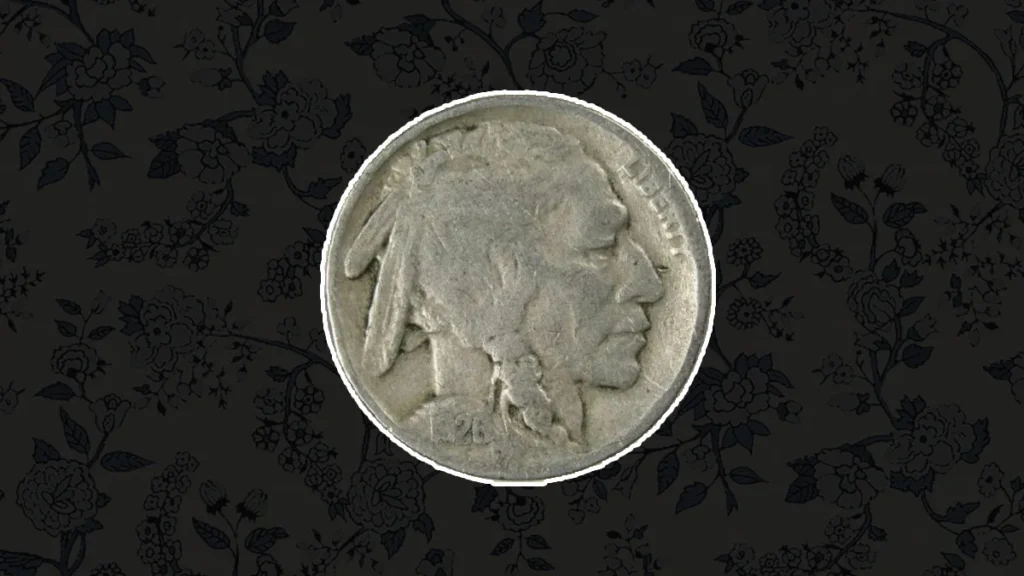
Coins in good (G) condition are still very worn, however considered to be valuable. The absence of complexity makes these popular with many numismatists.
- Obverse: Parts of the date and “LIBERTY” blend into the edge, which makes them seem flat but visible. Hairlines and feather features are just considered.
- Reverse: The buffalo has no horn at all and is still flat. Significant wear is visible on the back, and the shoulders and back, two key design elements, are faded. However readable, the inscriptions sometimes touch the outer edge.
3. Very Good (VG, VG8, VG10) Grade

Coins graded as Very Good are more defined than those in the Good category, although still worn.
- Obverse: Hair outlines and the Indian’s cheek are visible, but details remain flat. The date is complete and readable, while “LIBERTY” is partially merged with the edge.
- Reverse: The buffalo’s horn starts to be visible, but remains flat. The design of the animal’s body shows slight improvements, and the inscriptions remain legible.
4. Fine (F, F12, F15) Grade

Buffalo nickels in Fine condition started to appeal to collectors, especially those minted in the early years.
- Obverse: Approximately 75% of the hair and braid details are visible. The cheekbone and individual hair strands near the braid are recognizable. The date is fully intact, while “LIBERTY” is legible but slightly merged with the edge.
- Reverse: Around three-quarters of the buffalo’s horn is visible, and body details like the back and shoulders show clear definition. The fur on the head and front leg are worn, and the inscriptions are bold and readable.
5. Very Fine (VF, VF20, VF25, VF30, VF35) Grade
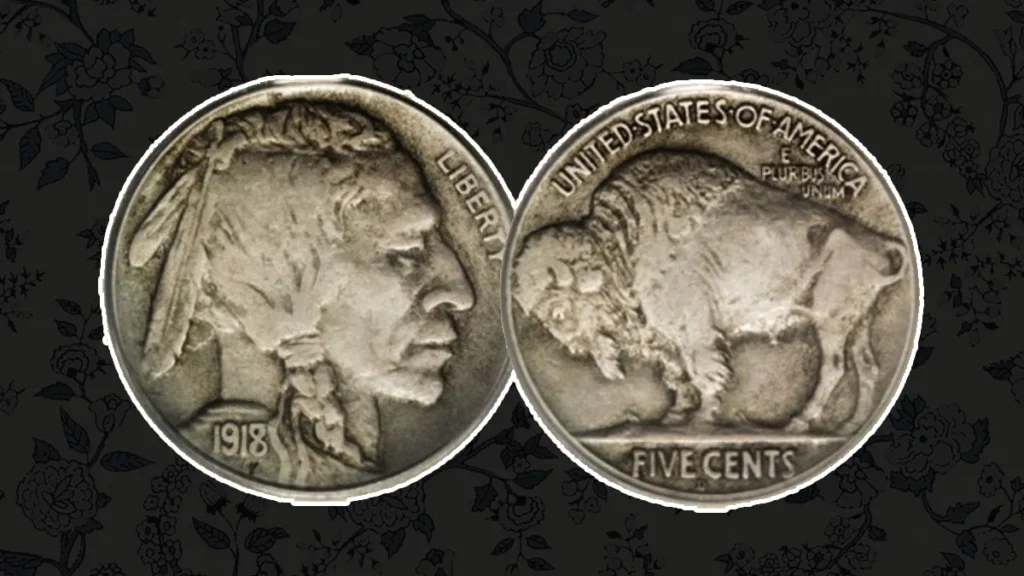
A Very Fine Buffalo nickel has moderate wear but remains attractive to collectors because of the better-preserved details.
- Obverse: The hair is almost fully detailed, and the braid shows defined strands. The cheekbone is somewhat flat, but the hair remains well-defined. The date and “LIBERTY” are clear.
- Reverse: The buffalo’s horn is nearly complete, and other body details are visible though slightly flat. The tail, front leg, and hip maintain clarity despite minor wear.
6. Extra Fine (EF40, EF45) Grade

These coins show slight wear only on the highest points, making them appealing to collectors.
- Obverse: The Indian’s hair and ribbon are detailed with minor flattening. The date is raised, and all elements are crisp and clear.
- Reverse: The horn and tail are complete, with slight smoothness. High points on the buffalo’s back and hip show minimal wear. Most details remain sharp, and inscriptions are fully readable.
7. About Uncirculated (AU50, AU55, AU58) Grade

Coins with limited circulation fall into this category. They display minor wear but retain much of their original luster.
- Obverse: Minimal wear is visible on the Indian’s cheek and braid. The hair is mostly intact, and the coin’s shine is preserved. The details are appealing, making these nickels desirable to collectors.
- Reverse: The buffalo’s shoulder, hip, and tail may show slight wear, but overall, the design is bold and defined.
8. Mint State (MS60 to MS70) Grade
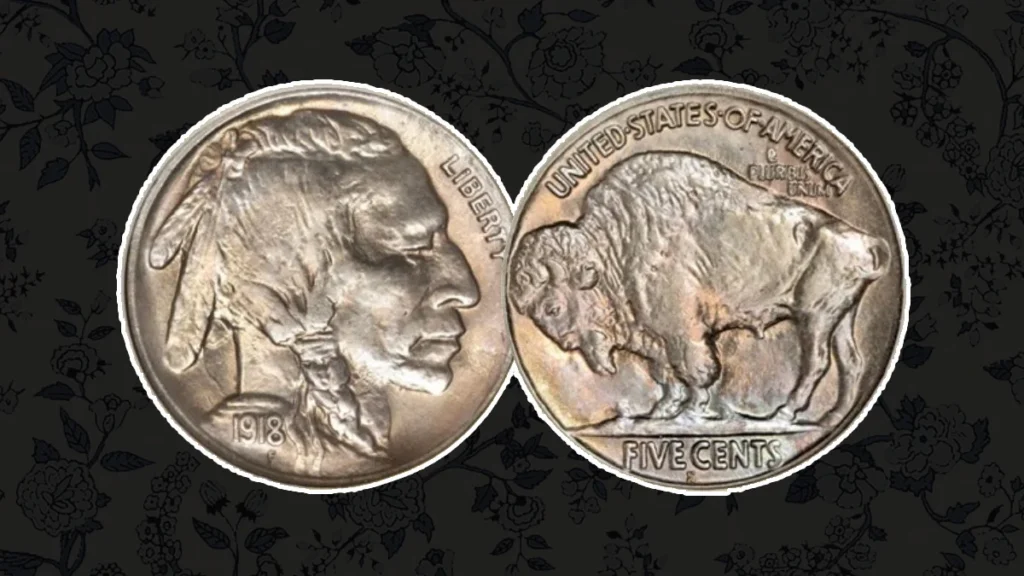
Uncirculated Buffalo nickels are highly desirable. These coins have no wear and come in various subgrades that distinguish slight variations.
- Obverse: All features are sharply detailed, and the original luster is intact. Small imperfections like bag marks may appear but do not detract from the coin’s overall beauty.
- Reverse: The buffalo’s body and fur are sharply defined, and the horn is complete. Inscription clarity and a flawless rim characterize coins graded MS.
Related Post –
- How to Grade Barber Half Dollar?
- How to Grade Franklin Half Dollar?
- How to Grade Barber Dimes?
- How to Grade Liberty Nickels: A Beginner’s Guide
Bottom Line
Buffalo nickels are beloved collectibles today but were hard to produce because of design complications. The incomplete strikes caused early wear, leading to flattened details and hardly visible details. This aspect must be evaluated when evaluating a Buffalo nickel’s grade.
